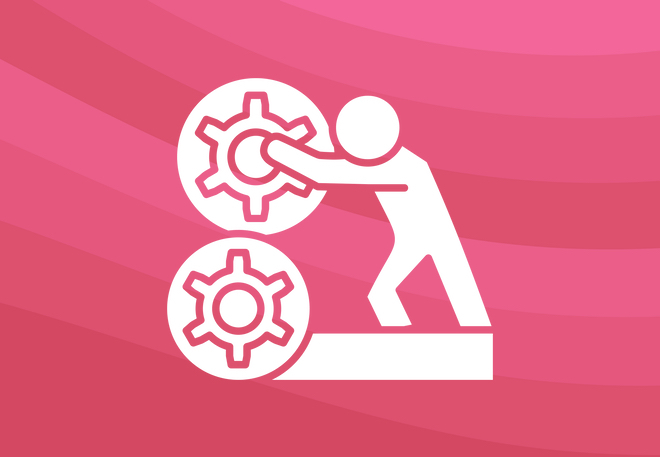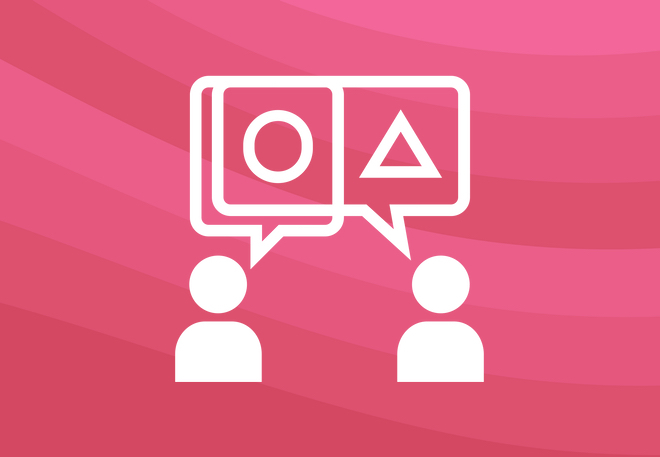

Embodied cognition is a concept in educational psychology that proposes that learning is not merely a cognitive process but fundamentally intertwined with physical actions and the environment. This approach to learning suggests that cognitive processes are deeply rooted in the body's interactions with the world. As such, the brain, body, and environment are a cohesive system, with each component influencing and enhancing the learning process. This perspective offers a compelling argument for integrating movement, sensory experiences, and social interaction in teaching and learning activities.
In the context of the primary curriculum, applying the principles of embodied cognition involves more than just incorporating physical movement into lessons. It's about creating an immersive learning experience that engages multiple senses and acknowledges the role of the physical environment in shaping cognitive processes. Here are evidence-informed applications of embodied cognition across various subjects:
Mathematics: Research supports using physical objects and gestures to aid mathematical understanding. For example, using manipulatives like blocks or beads can help students grasp concepts of number sense, addition, and subtraction (Carbonneau, Marley, & Selig, 2013). Furthermore, gestures can reinforce learning; for instance, teachers demonstrating the concept of 'greater than' and 'less than' through hand gestures can facilitate students' understanding of mathematical inequalities (Cook, Mitchell, & Goldin-Meadow, 2008).
Science: Integrating embodied cognition into teaching science can significantly enhance students' understanding of key concepts. For instance, in teaching topics like 'States of Matter', students could physically simulate the particles in solids, liquids, and gases, illustrating the differences in energy and movement. Similarly, when exploring 'Forces and Magnets', children could engage in a tug-of-war to concretely experience the push and pull forces, making the abstract concept tangible. Johnson-Glenberg's (2018) research highlights the effectiveness of such active, gesture-based learning. Her study showed that students engaged in these interactive, physical activities had a deeper understanding of complex scientific concepts than those taught more traditionally. This approach is particularly beneficial in making abstract scientific principles, such as the mechanisms of heat transfer or the properties of different materials, more relatable and understandable for young learners, fostering a stronger and more lasting grasp of the subject matter.
English: Using embodied learning strategies, such as acting out story scenes or gestures to symbolise punctuation, can enhance reading comprehension and narrative skills. A study by Glenberg, Brown, and Levin (2007) showed that children who physically enacted the stories they read could recall details with greater accuracy and display a deeper understanding of the plot and character motivations.
Geography and History: Rather than relying on role-play without a structured framework, integrating structured physical activities that represent historical events or geographical processes can lead to deeper learning. For example, a study by Lindgren and Johnson-Glenberg (2013) found that students who physically simulated the rotation and orbit of the Earth around the sun developed a more accurate understanding of the concepts of day and night and the seasons compared to students who received traditional instruction.
Physical Education: Physical education, primarily aimed at enhancing physical fitness, also presents a valuable opportunity to integrate and reinforce cognitive skills, a concept that resonates well with the principles of embodied cognition. For instance, using prior knowledge of geometric angles to improve shooting accuracy can be an effective educational strategy. Studies like those by Link et al. (2013) have demonstrated that physical engagement with mathematical concepts can enhance understanding and performance in mathematics. Similarly, incorporating patterns and sequences through dance in PE can reinforce cognitive skills related to memory and pattern recognition. This approach aligns with research by Miendlarzewska and Trost (2014), who found that music and rhythm-related activities, such as dance, can enhance cognitive functions, including language skills and executive function. These multidisciplinary learning experiences not only align with the principles of embodied cognition but also substantiate the role of physical education as a potent medium for cognitive development.
Art and Music: The tactile experience of creating with different materials can aid fine motor skills and creative thinking in art. Embodying rhythm and melody through movement and dance can enhance musical understanding and memory retention, as suggested by research from music education (Schlaug, Norton, Overy, & Winner, 2005).
While the applications of embodied cognition in the primary curriculum are diverse and promising, these practices must be evidence-based and thoughtfully integrated. Learning experiences should be physically engaging but also intellectually stimulating, ensuring that the principles of embodied cognition are applied in a manner that is pedagogically sound and grounded in research.
References:
Carbonneau, K. J., Marley, S. C., & Selig, J. P. (2013). A meta-analysis of the efficacy of teaching mathematics with concrete manipulatives. Journal of Educational Psychology, 105(2), 380-400.
Cook, S. W., Mitchell, Z., & Goldin-Meadow, S. (2008). Gesturing makes learning last. Cognition and Instruction, 26(2), 104-129.
Glenberg, A. M., Brown, M., & Levin, J. R. (2007). Enhancing comprehension in small reading groups using a manipulation strategy. Contemporary Educational Psychology, 32(3), 389-399.
Johnson-Glenberg, M. C. (2018). Embodied science and mixed reality: How gesture and motion capture affect physics education. Cognitive Research: Principles and Implications, 3(1), 46.
Lindgren, R., & Johnson-Glenberg, M. (2013). Emboldened by embodiment: Six precepts for research on embodied learning and mixed reality. Educational Researcher, 42(8), 445-452.
Link, T., Moeller, K., Huber, S., Fischer, U., & Nuerk, H. C. (2013). Walk the number line – An embodied training of numerical concepts. Trends in Neuroscience and Education, 2(2), 74-84.
Miendlarzewska, E. A., & Trost, W. J. (2014). How musical training affects cognitive development: rhythm, reward and other modulating variables. Frontiers in neuroscience, 7, 279.
Schlaug, G., Norton, A., Overy, K., & Winner, E. (2005). Effects of music training on the child's brain and cognitive development. Annals of the New York Academy of Sciences, 1060, 219-230.
Related articles


.png)

